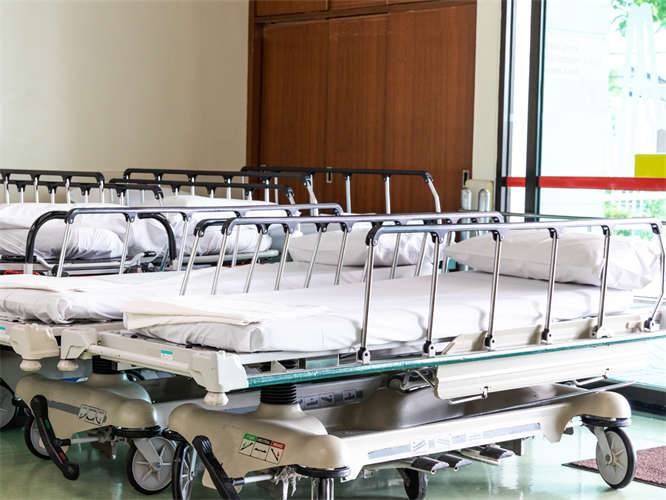Endereço
304 North Cardinal St.
Dorchester Center, MA 02124
Horas de trabalho
Segunda a sexta: 7h00 - 19h00
Fim de semana: 10h - 17h
Bem-vindo ao meu blog!
Antes de mergulharmos no conteúdo, adoraria que você se juntasse a mim nas minhas plataformas de mídia social, onde compartilho mais insights, interajo com a comunidade e posto atualizações. Veja como você pode se conectar comigo:
Facebook:https://www.facebook.com/profile.php?id=100071234835011
LinkedIn:https://www.linkedin.com/company/74943205/admin/dashboard/
YouTube:www.youtube.com/@shandongexpertmedicalequip4695
TikTok:www.tiktok.com/@expertmedical
Agora, vamos começar nossa jornada juntos. Espero que você ache o conteúdo aqui perspicaz, envolvente e valioso.

Have you ever found yourself confined to a hospital bed, staring at the same four walls day after day? The hospital room, a place of healing and recovery, can also feel like a small universe, especially when you’re feeling under the weather. In this blog post, we’ll explore the hospital room from a patient’s perspective, discussing its design elements, the impact on patient experience, and how to make the most of your stay.
Research has consistently shown that the design of a hospital room can have a profound impact on a patient’s physiological and psychological well-being. Studies have linked specific design elements to a range of positive outcomes, including:
Increased patient satisfaction: Patients who are satisfied with their hospital experience are more likely to follow their treatment plans and have better overall health outcomes.
Reduced stress and anxiety: Natural light, calming colors, and quiet environments have been shown to reduce stress hormones and promote relaxation.
Improved sleep quality: Comfortable beds, adjustable lighting, and noise reduction measures can lead to better sleep, which is essential for healing.
Enhanced pain management: Patients in calming environments often report lower pain levels and require less pain medication.
Faster recovery: A supportive and healing environment can accelerate the body’s natural healing processes.
Research has consistently shown that the design of a hospital room can have a profound impact on a patient’s physiological and psychological well-being. Studies have linked specific design elements to a range of positive outcomes, including:









Turning a hospital room into a home-away-from-home involves creating a personalized space that promotes comfort and relaxation. Consider the following tips:
By taking these steps, you can create a hospital room that feels more like a sanctuary than a medical facility.
| Recurso | Traditional Hospital Room | Patient-Centered Hospital Room |
|---|---|---|
| Lighting | Fluorescent overhead lights | Natural light, adjustable lighting |
| Noise level | High noise levels from hallways and staff | Quiet and calming environment |
| Privacy | Limited privacy | Curtains or room dividers for privacy |
| Tecnologia | Basic television | Wi-Fi, patient portal, entertainment system |
| Personalization | Limited personalization options | Opportunities for patients to personalize their room |

Technology has revolutionized the modern hospital room, enhancing patient experience and outcomes in numerous ways. By incorporating advanced technologies, hospitals can:
Monitor vital signs: Wearable devices and sensors can continuously monitor a patient’s vital signs, alerting healthcare providers to any changes in their condition.
Provide personalized care: Smart hospital beds can adjust to a patient’s position and comfort, while interactive displays allow patients to access their medical records, entertainment, and educational materials.
Improve communication: Telehealth solutions enable patients to connect with healthcare providers remotely, reducing the need for in-person visits.
Enhance patient engagement: Interactive games and virtual reality experiences can distract patients from pain and boredom, promoting a more positive hospital stay.
While significant progress has been made in hospital room design, challenges remain. These include:
The hospital room is more than just a place to recover; it’s a space that can significantly impact a patient’s well-being. By focusing on factors such as natural light, privacy, comfort, and personalization, hospitals can create environments that promote healing and enhance the patient experience.
